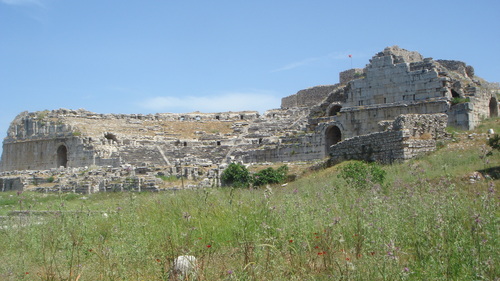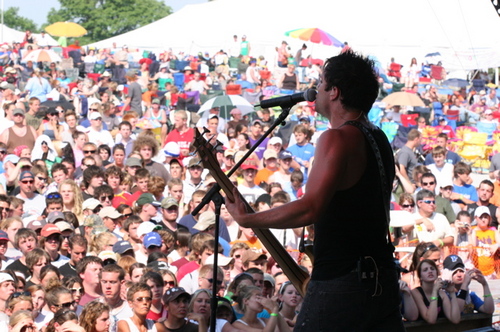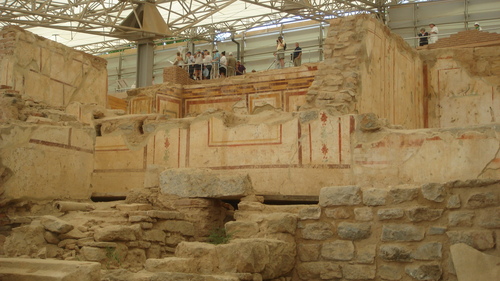Paul’s speech to the Ephesian elders at Miletus is, interestingly enough, the only full blown speech by Paul in Acts which is addressed to Christians. This speech then, not surprisingly bears the closest resemblance in content to some of the material in Paul’s letters, both early and late. Paul sailed past Ephesus, and met the elders at Miletus, itself a very significant seaport town. If we ask why he dodged Ephesus, the likely answer is that things were still dodgy there for the apostle and he did not want to create a further furor which would make things difficult for Christians continuing to live in Ephesus.
Miletus the archaeological site is impressive, though it is too bad they still do not have the museum of Miletus open yet. Like so many of these cities, the harbor has become a swamp, and silted up as well, and so Miletus today is not right on the coast.
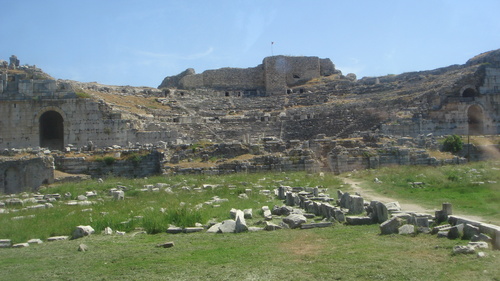
The gigantic theater at Miletus would have been one of the things Paul saw first when he came to this town. Above is a frontal view.
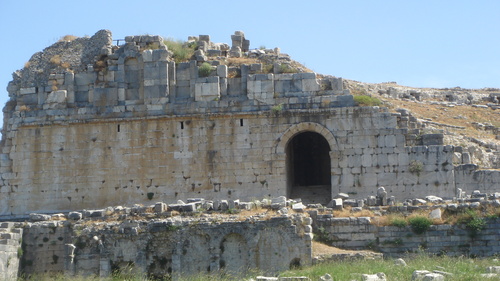
Above is a side view of one of the exits from the theater. In the theater itself we find some interesting inscriptions. Like all such stadiums ancient and modern the better seats went to those of socially higher status, and interesting the ‘God-fearers’ had their own row of seats, in this theater, with their designation inscribed in it. It is neither in the box seat area, nor in the nose bleed seats, so one may deduce they had some social status in this town.
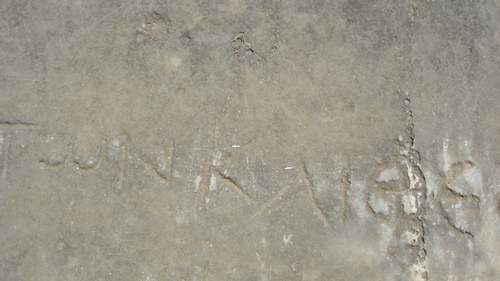
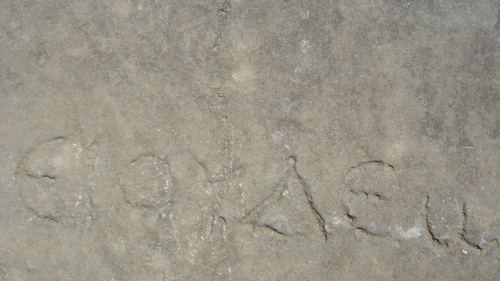
This inscription is so long that it took several pictures to get it all in. In any case, it speaks of the theosebias, the God fearers. Also in this stadium is an inscription about the Asiarchs which I discovered some time ago, disproving once and for all the argument that there were no Asiarchs during this period of time, and that Paul couldn’t have known them. In fact, Paul was a relatively high status person in regard to both his Roman citizenship and his education and so he could have had dealings with them. It will be remembered that they are the ones who warned Paul it was time to get of Dodge (see Acts 20).
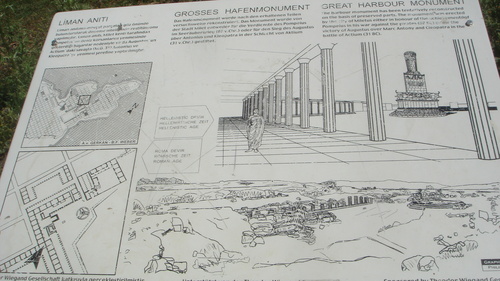
It is difficult to imagine what the Miletus of Paul’s day would have looked like, based just on the ruins, and so schematics like that above help us recreate an image of the agora and other structures in the city.
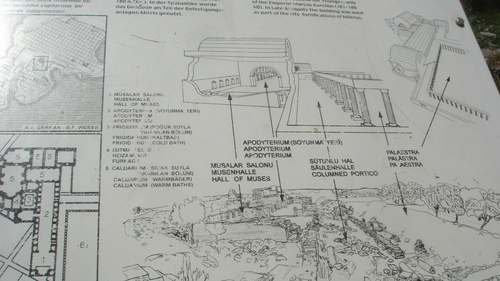
On this trip I did not see much reconstruction in progress on this site, unlike the massive amount of work going on at Laodicea, for example. Turkey’s big problem is it has thousands of such sites to dig, some Christian, some Greco-Roman, some Hittite, some Old Testamental and I could go on. It is difficult to know what to prioritize.
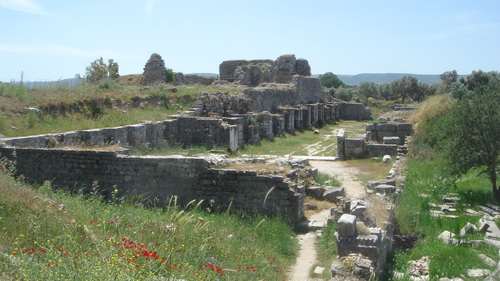
Even within a single site, should the archaeologist concentrate on the agora (see above), or the Nymphaeum, or the theater? These are difficult decisions.
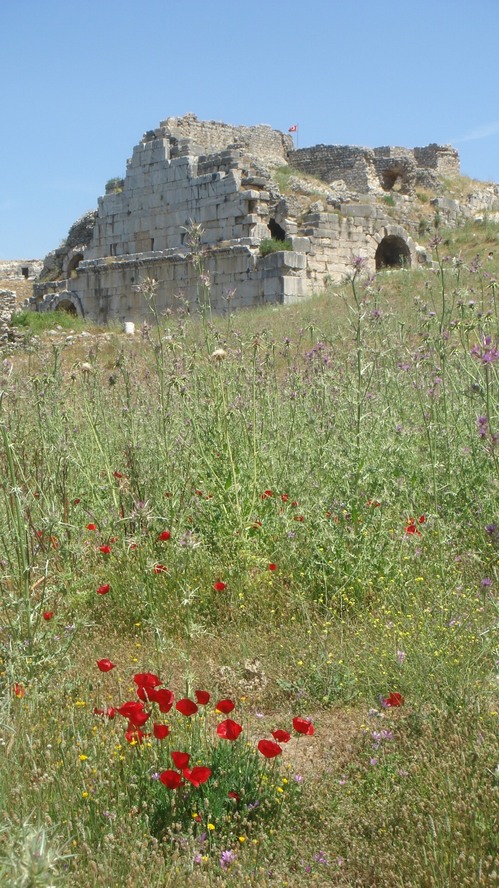
Of course for Christians what really matters most is understanding Paul’s farewell speech to the Ephesian elders in context. And what the context tells us is that cultural values are inscribed in the art and architecture you see in these pictures—- people wanted entertainment, good food, good health, good business, and religion while important was further down the list of priorities for many if not most of the people. Paul of course wanted Christ to be the highest priority in the lives of all his disciples, and he strove to set an example of how to make that singular passion one’s summum bonum. This speech is about that, and about preparing for the transition in leadership in Ephesus, once Paul was off the scene. The irony of the speech however, is that, if we trust the Pastoral Epistles, Paul did return to Ephesus after his release from house arrest in Rome, to put out some more fires. All of this reminds us that Paul’s letters are ad hoc documents, and when mid-course corrections were required, Paul made them, for example by going back east after release in Rome, instead of heading on to Spain.
